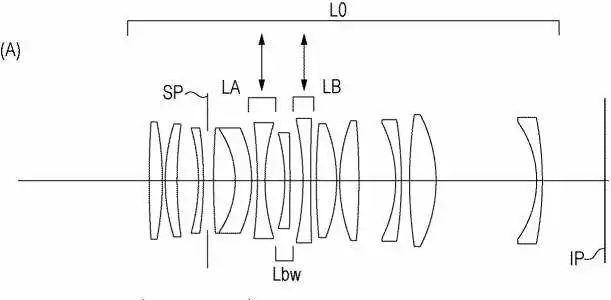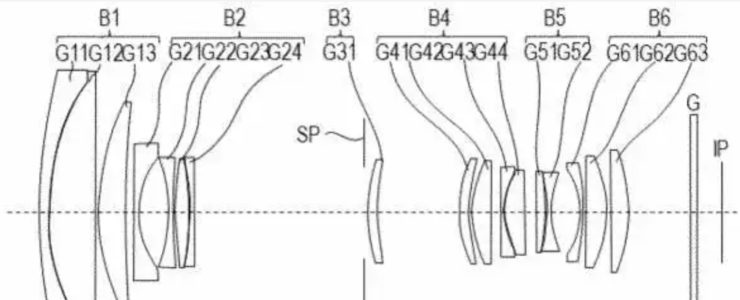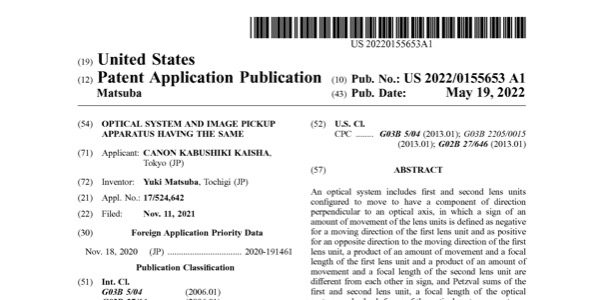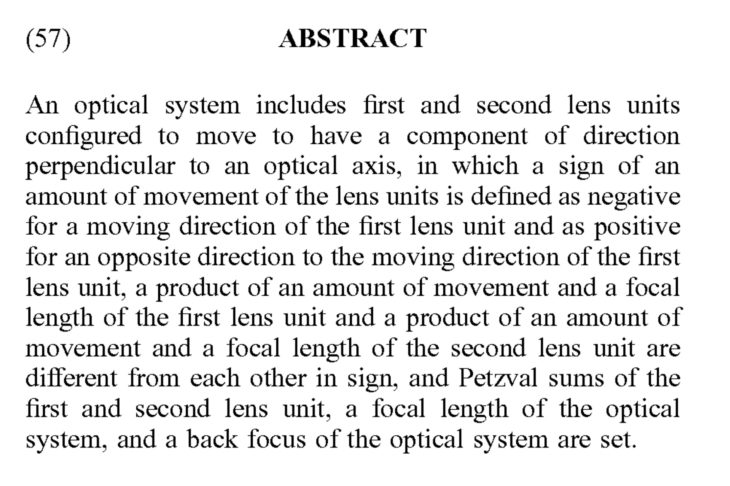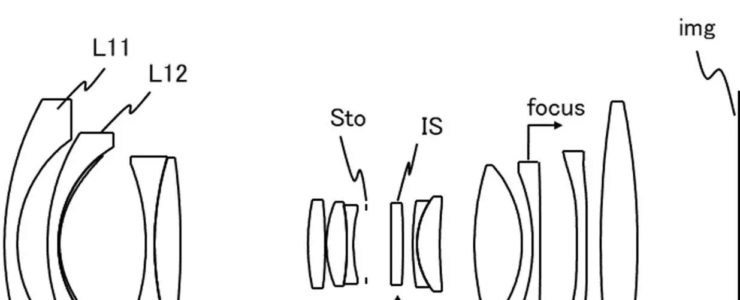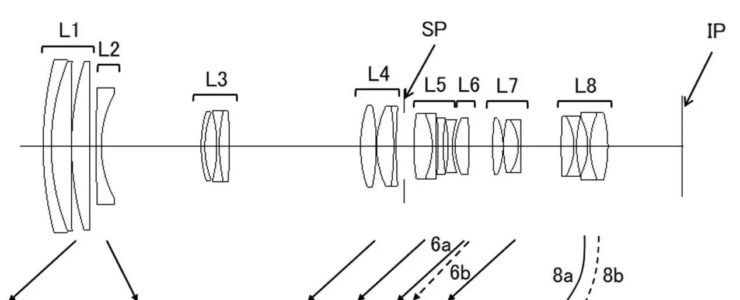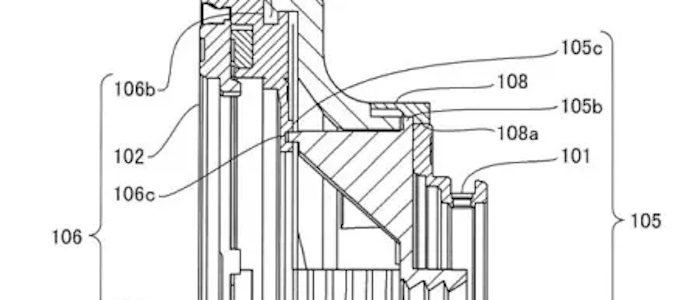Canon Patent: 35mm f/2.8, 85mm f/2.8, 130mm f/4 and 220mm f/4 Tilt-shift Lenses
A new Canon patent for tilt-shift lenses with reduced composition shift.
A new Canon patent application discusses optical formulas and methods for tilt-shift lenses with reduced composition shift.
- 35mm f/2.8
- 85mm f/2.8
- 139mm f/4
- 220mm f/4
From the patent literature:
- BACKGROUND ART There is a demand for an image pickup optical system capable of obtaining good focus on the entire surface of an object surface tilted in the optical axis direction of the image pickup optical system.
- Such an imaging application is called tilt photography, and an imaging optical system provided with a tilt mechanism (tilt mechanism) is known as an optical system that satisfies this demand. The Scheimpflug principle is used as the principle of tilt photography, and this imaging optical system is also called a Scheimpflug optical system.
- On the other hand, in an imaging optical system having a tilt mechanism, the composition shifts (hereinafter, also referred to as “composition shift”) at the time of tilting, which may impair convenience.
- On the other hand, there is known an imaging optical system provided with a plurality of lens portions that move in a component in the direction perpendicular to the optical axis direction (Patent Document 1). Patent Document 1 describes a lens portion A that generates a tilt effect by moving to a component in the direction perpendicular to the optical axis direction, and a shift effect (composition shift) by moving to a component in the direction perpendicular to the optical axis direction. The lens portion B is provided.
- In Patent Document 1, the lens unit A moves in the direction perpendicular to the optical axis direction during tilt photographing, and the lens unit B moves with respect to the optical axis direction so as to correct the shift effect generated in the lens unit A. By moving in the vertical direction, tilt shooting with a small composition shift is possible.
- PROBLEM TO BE SOLVED: To solve an image pickup optical system provided with a plurality of lens portions moving in a direction perpendicular to the optical axis direction as in Patent Document 1, in which the lens portions are perpendicular to the optical axis direction during tilt shooting. Since it is moved in the direction, aberration due to optical eccentricity occurs. This aberration due to eccentricity increases in the amount of vertical movement as the amount of tilt of the object surface to be tilted increases. Therefore, in the image pickup optical system of Patent Document 1, the amount of inclination of the object surface at which good focus can be obtained by tilt photography is small.
- An object of the present invention is to provide an optical system capable of obtaining a large tilt photographing effect while reducing composition shift, and an image pickup apparatus having the same.
More Canon patent applications are listed here. Some particularly interesting patent applications we think might get into production are these:
- Automatic shutter silencing based on subject and distance
- A bunch of prime lenses for the RF mount
- An improved Electronic Viewfinder
- Patent application for RF 50mm F1.4 and an RF 35mm f/1.4 lenses
- A zoom lens that might be for an EOS R with APS-C sensor
- A smaller IBIS unit.
- A cooling adapter for the RF mount (R5 overheating?)
- A bunch of macro lenses for the RF mount.
- A 8mm f/4 circular fisheye lens for the Canon EOS R system
- A battery grip that works with differently siszed cameras
- A 100-400mm f/5.5-7.1 lens for APS-C cameras. EOS M or DSLR?
- RF 17-70mm lens for EOS R system
- IBIS coming to the EOS M and PowerShot lineup?
- Patent Application: mirrorless camera with large display and virtual control wheel
- Patent Application: IBIS and Lens IS Working Together
- Patent application for high speed mirror movement and control
- Patent application for an RF 14-28mm f/2 lens
- Patent application for an RF 50mm f/1.8 lens
- Patent application for a smart lens cap
- Patent application for celestial auto-focus
- Patent application describing a Pop-Up Flash With LED
- Patent application describing the optical formula for a RF 70-300mm F/4-5.6 IS lens for EOS R systems
- Patent application describing how to improve burst rate by compressing raw files
- Patent application describing a new way to review photos from a sequential shot
- Patent application that describes technology to improve wireless communication while reducing power consumption
- Patent application to spot and reduce moire artefacts in image data
- Patent application for weather sealed lens adapter
- Patent application for AI powered predictive camera control system
- Patent application for 18-55mm kit lens with LCD display
- Patent application to reduce noise in image files
[via asobinet]

